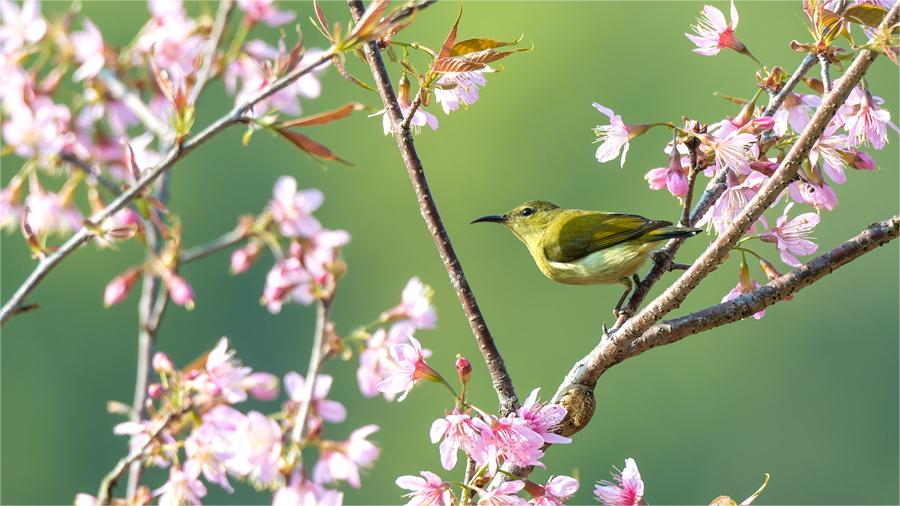Archaeological study in China sees surge in female participation
XI'AN, March 8 (Xinhua) -- Hunching over with shovel in hand, Zhu Yingpei, 30, was working in a newly excavated tomb in Xianyang in northwest China's Shaanxi Province, along with a group of other female archaeologists.
Pointing to bones and relics in a coffin, Zhu said the tomb belonged to an ordinary person in the Western Han Dynasty (202 BC-25 AD). "We cannot find the tomb owner's name, but we can catch a glimpse into the daily lives of people from over 2,000 years ago."
Digging soil, carefully brushing away dust, revealing the appearance of ancient artifacts, and meticulously documenting findings constitute the daily tasks of the Jinghe River archaeological team from the Shaanxi Academy of Archaeology.
For Zhu, the team leader, archaeological work intertwines seriousness with a sense of romance. She vividly recalls excavating a tomb adorned with pottery figurines frozen in dancing gestures, as well as discovering pottery wares like kitchen utensils and vessels for alcohol.
"Like modern people, our ancestors also used to dance and entertain themselves," she said, adding that archaeology and research is like reading a book.
Established in 2020, the team has 17 members, of which 11 are women with an average age of less than 30. The team engaged in excavation work in over 40 archaeological projects.
Guo Jie, 26, a member of this archaeological team, has mastered the skill of identifying gender and estimating the approximate age at death through human remains. She said anthropology research has opened a new world for her. "Through a comprehensive study of human bones, we can explore health and disease status, genetic relationship, and social customs of ancient people."
Guo added that despite the demanding nature of fieldwork and the relative lack of recreational activities, the endeavor is fulfilling as it contributes to enriching history with intricate details.
In her spare time, she likes to visit museums and places with historical relics. "At times, we find ourselves compelled to offer explanations to visitors or correct inaccuracies on display boards," Guo said.
"The profession is addictive," said another team member Wang Hongying, who specializes in animal bone identification. She illustrated her point with examples, noting frequent cut marks on the bone remains of pigs, cattle and sheep, but scarce evidence of such marks on dog bones. This suggests that the former were likely used as a food source, while the latter served as companions for ancient people.
According to Chong Jianrong, head of the Shaanxi Academy of Archaeology, an increasing number of female students have chosen archaeology as their college major and joined the academy in recent years.
"Perhaps, more attention has been paid to archaeology, making this once mysterious and niche discipline more popular," said Chong. "It is teamwork, and our female colleagues actively conduct field research and work for the protection of cultural relics."
Zhu said she hopes to wield a shovel and walk in fields even when she is in her eighties. "We are content as long as we keep pursuing and exploring new knowledge."
Photos
Related Stories
- Scientists reveal stone tool technology of East Asian hominins 1.1 mln years ago
- Ancient path reserved for emperor, magnificent gate discovered in east China
- Feature: China's history of dumplings, from archaeological finds to modern tables
- 168 tombs unearthed in China's Shandong
- Mogao Grottoes' archaeological reports published
Copyright © 2024 People's Daily Online. All Rights Reserved.









